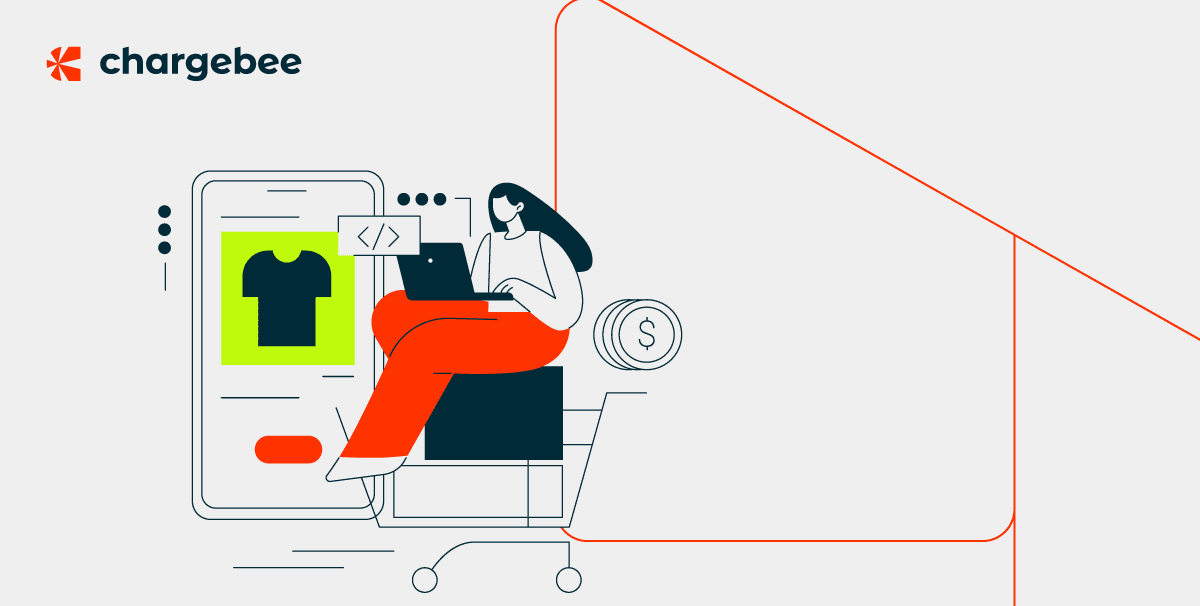
Building an awesome product is great. Every startup founder wants customers to say how great the product is and sign up. In the end, it’s all about generating profits and having a good product will go a long way in helping you do this.
But after creating your product, where do you get the users?
Building an Audience for Your Startup
Many founders make the mistake of building a product and then looking for users. And the results are usually not surprising; low user adoption, dismal revenues and opting for expensive marketing.
You need to build your audience from the start, not after you have finished creating your product. Building an audience from the onset is important for three important reasons:
- You create a relationship with the audience and hence lower the friction to signing up when the time comes to sell.
- You have a ready group of people interested in your product that can give you feedback either through beta testing or other ways.
- You build a base of brand ambassadors that can talk about your solution on the blogosphere, resulting in a positive net effect on awareness and signups.
Jason Cohen, CEO of WP Engine knows this too well. Before launching his company in 2010, he’d been building his reputation and audience by blogging at A Smart Bear. His blog has over 17,000 blog subscribers, which gave him an unfair advantage in spreading the word about WP Engine on the Internet, making it the eventual success it is.
You should know your target market as well as the pain you are looking to solve. As you code your app to solve the problem, start reaching out to the potential users. The easiest way to do this is blogging and doing content marketing. It has a great authority on content marketing.
Granted, you may not have a full time content person in your team as you build your startup. However, there are also chances that one of you has better than average writing skills, which can be crucial in finding and growing audiences.
Use your blog to communicate with your audience. You should also learn a little bit of SEO, especially keyword research, to know which phrases your customers type online when searching for your solution.
“Our SEO blog has been, by far, our single most successful user acquisition tactic.” Rand Fishkin, CEO Moz
If your product will take several months to launch, blogging regularly can help you connect with potential customers before you go live.
What Should You Blog About?
You can blog about anything related to your product or industry that will add value to the lives of your audience. It is already difficult to get someone to subscribe. Therefore, you do not want to lose visitors because of irrelevant content.
Sober customers appreciate the efforts that it takes to start a company and will want to hear how your team is progressing. Make your product or company blog the primary avenue of distributing information about your progress.
Apart from blogging, you want to start collecting emails as early as possible. Building a list early will come handy during launch. Alex Turnbull, CEO of Groove, cannot stress more the importance of having an email list. When the company was launching, leads from their email lists were converting 2x to 4x better than leads generated from other sources such as press coverage.
When building your email list, make sure you are providing value in exchange for the customer’s email. Save email communication for important messages such as beta invites and significant milestones. Finally, on launch, include a clear call to action in your email.
Measuring the Success of Your Promotional Campaigns
When it comes to metrics, there are tens of metrics you can measure. However, not all of them are helpful for your business. You have to differentiate between core metrics and vanity metrics on your campaigns.
For example, the number of comments on your blog may indicate that your audience is engaged. But does engagement count towards your goal of getting a prospect to sign up? Instead of simply measuring comments, how about measuring relevant comment inquiries?
Some of the things you can measure to check how your audience building goal is progressing include:
a) Relevant traffic. Visitors who find your blog through Google can become your customers over time.
b) Brand mentions. Find out whether your brand is being mentioned online at social media sites, blogs and other places.
c) Inquiries. Track how many inquiries you are getting via email, social media or your website about your product. Inquiries are a good sign; they mean people are taking note.
d) Leads. Measure the number of people that sign up for your beta invites or early bird notification.
When building your product, make sure you also build an audience.

